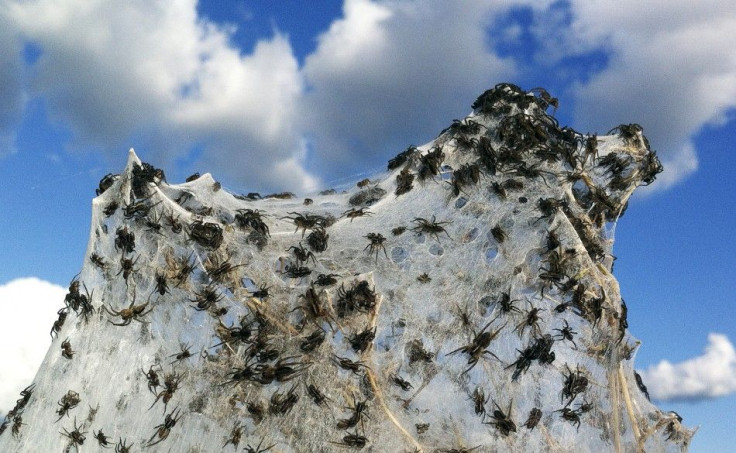Mystery Of Aussie Spider Unfolds: Basket-Web Silk Has Potential For New Genetic Material [Video]
KEY POINTS
- New type of silk produced by basket-web adds to a growing list of “bioinspiration”
- Australia’s basket-web spider was first discovered in 1900
- More studies are needed to understand the molecular compositions of the new silk
Australia’s basket-web spider was found to have uniquely strong woven silk far superior with the ones produced by other spider species. The silk is extremely robust that it can trap prey on its own, without having the spider include twigs and other materials into it.
The basket-web spider was first discovered in 1900 by entomologist William J. Rainbow. However, he made no mention of the special qualities of its silk since the only available data at the time were drawings depicting a sack-like web.
More than 100 years after Rainbow’s discovery, a team of scientists has now found that basket-web spider produces silk with extremely high lateral stiffness and gluing substances that make it a potential source for new genetic material. The findings, published in Scientific Reports, therefore provided pioneering insights into a new type of silk material.

The team said more studies are needed to understand the molecular compositions of the new silk. However, from what they saw now, the silk could be key to how a new genetic material can be viable for large-scale production in the future.
The discovery of the new type of silk adds to a growing list of what scientists call “bioinspiration.” It is the process of studying the unique biological abilities of species and whether these capabilities have practical applications for humans.
"There is increasing recognition that solutions to many of the complex challenges and puzzles we face today can be found from biological systems," Mark Elgar, study co-author and professor at the School of BioSciences at the University of Melbourne, said in a press release.
"This so-called ‘Bioinspiration’ draws on some 3.8 billion years of natural selection honing biological forms, processes, and systems. The potential insights from that diversity of life, about which we still know rather little, is staggering," he added.
One example of bioinspiration was how spider silk became significant in one medical process back in 2018. At the time, a team of scientists used artificially-made spider silk to transport pharmaceutical substances directly into immune cells of cancer and tuberculosis patients.
In 2012, the world saw the largest pieces of gold cloth to be made from spider silk. The golden silk was harvested from more than one million female golden orb-weaver spiders.
© Copyright IBTimes 2025. All rights reserved.





















